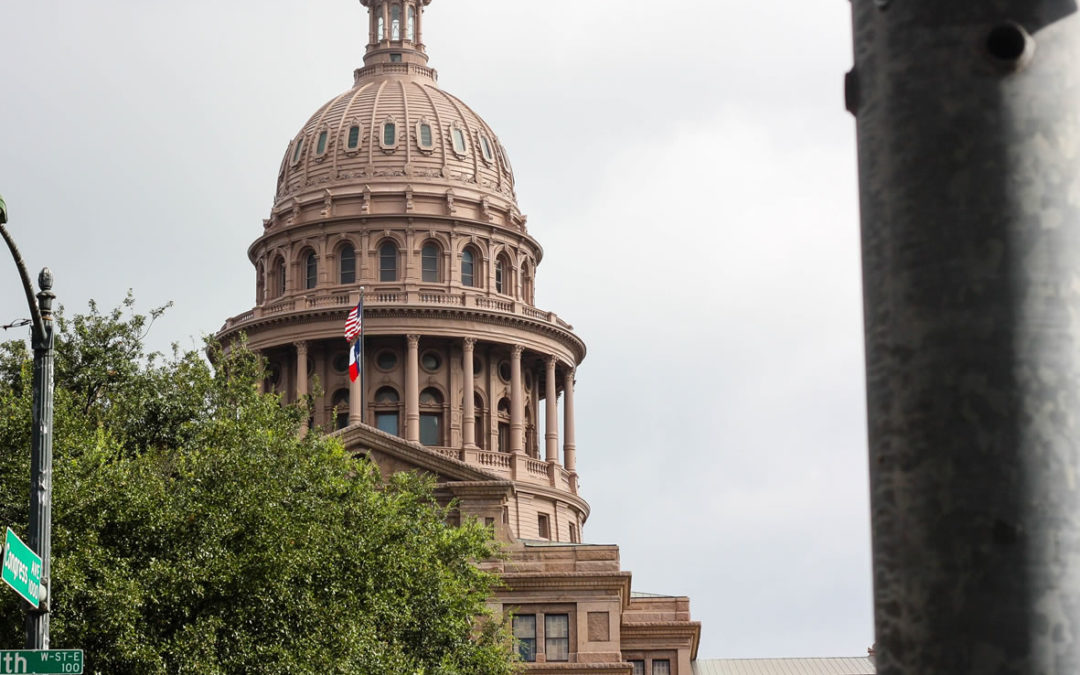An excerpt from : O’Dell, Bob, Five Years with Orthodox Jews, (Jerusalem, Israel: Root Source Press, 2020), 290-293.
Twenty-seven years after the death of J.J. Seabrook, in 2010, my wife and I attended a fund-raising dinner for the Austin House of Prayer. There I heard from the main speaker, my friend Thomas Cogdell, a story that got me both excited and angry.
I was excited to hear such a powerful story. But I was angry that I had lived I Austin for twenty-seven years and had never heard it! I began asking myself, “Why?” In the days that followed I checked with friends, and nobody else I knew had heard the story either! Then I phoned Thomas Cogdell, who had told the story, and I asked him:
“What has been done to honor the memory of J.J. Seabrook?”
Thomas replied, “Very little has been done, and nothing specifically relating to the circumstances of his death.”
“Has west Austin done anything?” I asked.
“No.”
We checked our calendars. May 1st 2010, the 35th anniversary of the death of J.J. Seabrook, was exactly six weeks away.
The next six weeks were a blur. Somehow, even though Thomas and I were working full time, we managed to pull together a team, bringing on pastor Frank Costenbader as full-time consultant to the project. It was one of those rare moments in life where everything falls into place at high speed.
Six weeks later we held a commemorative public event with all the following elements:
- Our commemorative program was based on consultation with current black city leaders, such as state representative Wilhelmina Delco, Pastor Joseph Parker, and city council member Sheryl Cole, after gaining their perspectives on what steps might be appropriate.
- We rented an event hall whose address was on the western stretch of Martin Luther King Jr. Blvd, where the business persons had originally rejected the proposal of the young black students.
- We found some of those former students, and invited them to attend and speak.
- We found J.J. Seabrook’s niece, a surviving closest family member, given that Dr. Seabrook and his wife had left no children, and invited her toshare memories of her uncle.
- We brought in local black pastors, the current President of Huston-Tillotson University, and invited city council member Sheryl Cole to speak.
- City Council member Cole awarded the niece with a certificate that designated May 1st 2010, as J.J. Seabrook Day.
- Media coverage of the event was excellent.
- We recruited about a dozen west Austin business persons to establish a new scholarship at Huston-Tillotson University in the amount of $55,000.
- Sheryl Cole agreed to bring to the City Council the idea to rename the bridge over the interstate highway, the bridge connecting east and west Austin, as the J.J. Seabrook Bridge.
Twelve days later, on May 13th, 2010, the renaming proposal would be passed unanimously.
Then, in 2011 on Martin Luther King’s birthday, we suggested the annual MLK March be rerouted to traverse over the new J.J. Seabrook bridge. The city had just finished installing all the necessary signage, and we got permission to fly balloons from those signs.
I’ll never forget the feeling of walking across that bridge that day, arm-in-arm with community leaders and a very diverse group of Austinites, who were here to celebrate not only the achievements of MLK himself, but of those who he inspired.
I felt satisfied and confident that we had done good work here. And I turned my attention to other matters, never realizing at that time, that this, my first “bridging project” was to be a pattern for everything else I would do in the days to come.
